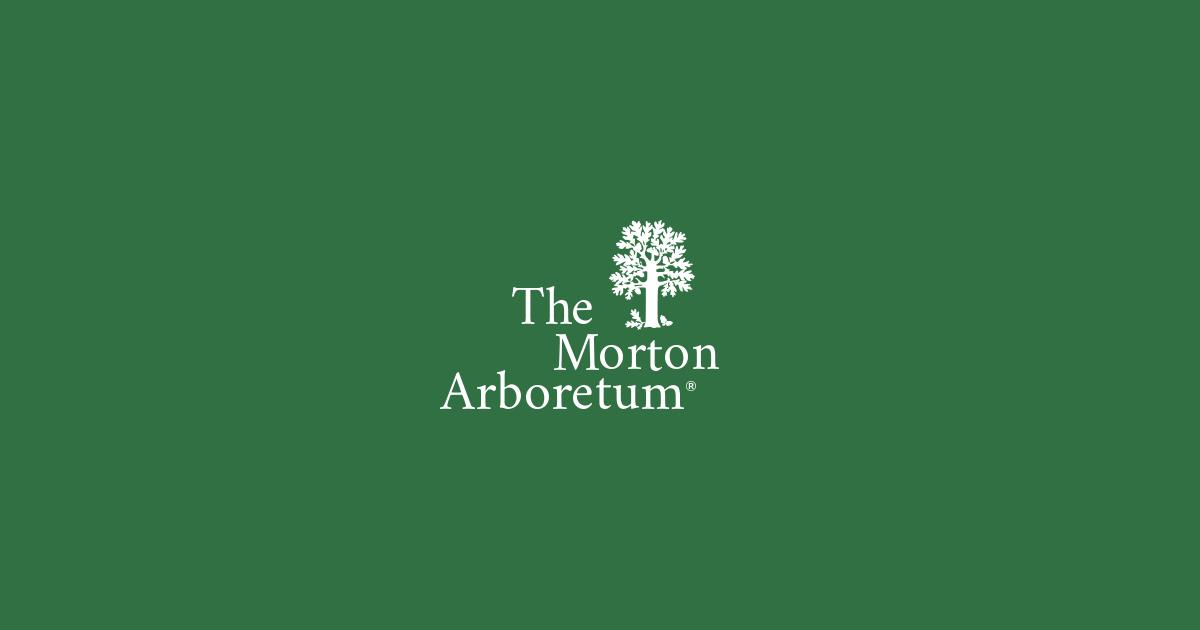CHEVYINLINE6
Single-Sixer
I have several plain Jane 10-22 stocks I've gotten over the years. I bought them real cheap as stocks only. How can I tell what wood was used to make them ? I once had some early Overton stocks and knew they were walnut, but these I don't have a clue. One may have had a aluminum butt plate at one time.
INLINECHEVY6.
INLINECHEVY6.

